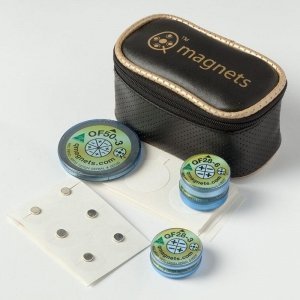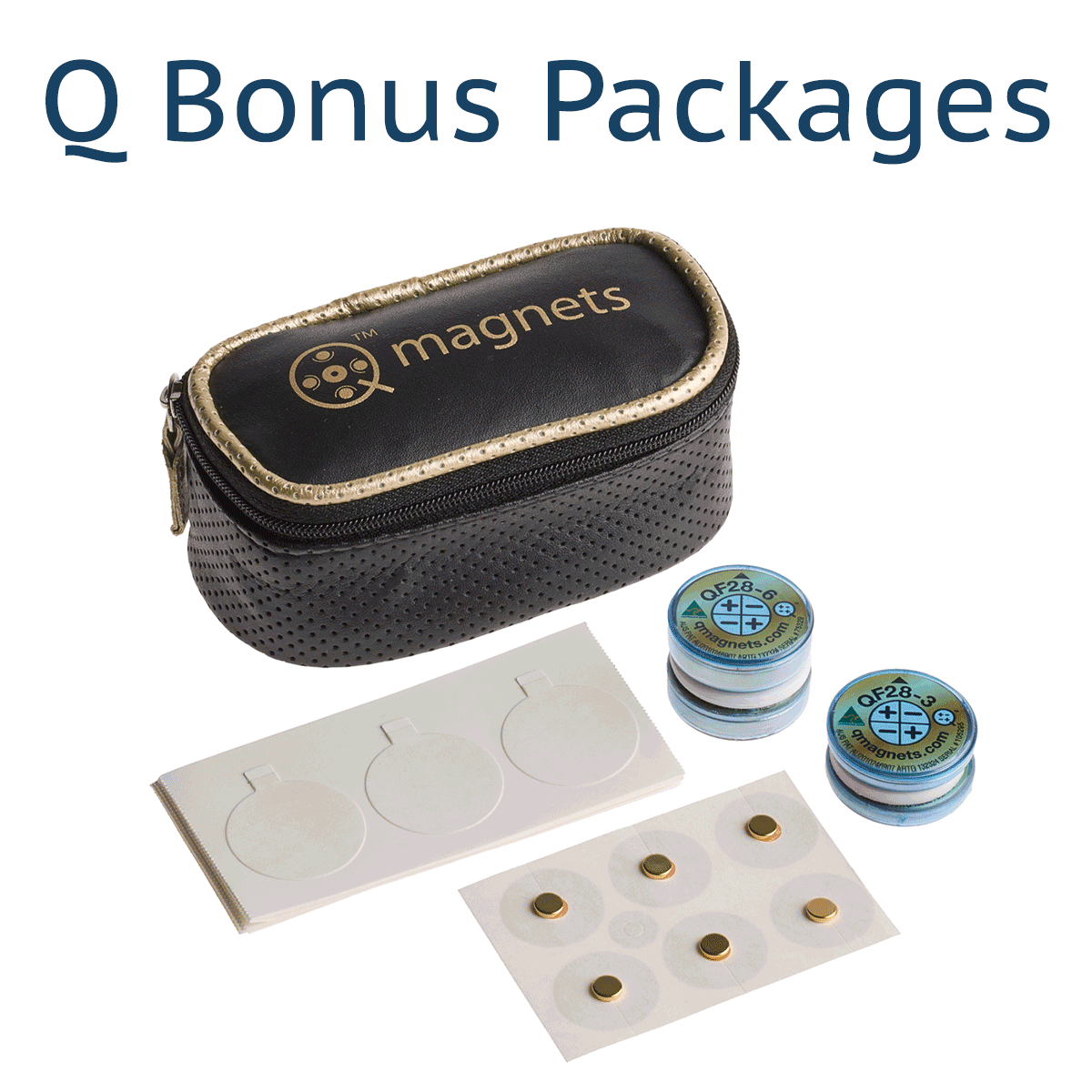DISCLAIMER:
The type of magnet used is this study is not a Q Magnet.
The safety and effectiveness of Q Magnets has not been established in the treatment of tendonitis.
Tendons are a tough tissue that attach muscles to bone. Tendonitis or tendinopathy is a condition that progresses with tiny tears on the tendon resulting in pain and swelling. Simple and effective treatments that can speed up healing and offer natural pain relief are extremely valuable to athletes and anyone suffering from the condition.
The June, 2012 issue of the Journal of Comparative Clinical Pathology contains an informative study on the effect of a static magnet on an induced tendon injury in dogs.
The researchers made three small incisions into the tendons of 10 dogs, of which 5 were allocated to a control group and 5 to an experimental group that had a static magnet arrangement wrapped around the injury. The design and specific details of the magnet arrangement were poorly described. Tendon biopsies were taken at day 15 and 30 for histopathological evaluation.

Table of results. Evaluation of the effect of static magnetic field in treatment of tendon injuries in dog.
The experimental group had reduced inflammatory cells and increased blood vessel proliferation (angiogenesis) and collagen formation as compared to the control group. Clinically, after 30 days, it was observed that the wound healing and physical activity of the experimental dogs were better than the control group. The experimental group was also able to weight bear after 30 days.
The results of the study suggest that exposure to static magnetic field associated with the application of 6 X 800 G wraps for 30 days increased the rate of tendon healing in dogs.
From the study it was concluded that magnetic field therapy reduces edema and local swelling, proliferates fibroblasts and regulates the arrangement of collagen fibre due to stimulation of the electronic network among cells. It also demonstrated that magnetic fields can induce a faster healing rate of injured tendons and is a good noninvasive therapy for tendon injury.
A more recent study (2018) looking at the effects of static magnets on skin wounds in rats showed similar results. A more rapid healing by the multipolar magnet could be explained through wound closure, histological changes, reduction of proinflammatory cytokine levels, proapoptotic cell death, increased angiogenesis and mast maturation.
Most people might treat tendinopathy with manual therapy, rest, behaviour modification, ice or pain medication. The results of this study along with anecdotal evidence from many major sports teams suggests that magnet therapy is a safe, low risk and effective adjunct in the treatment of minor aches and pains and can potentially assist an athlete in getting back to their sport sooner.
Q Magnets are a one off purchase and can be used over and over again for many years on different injury sites. For minor strains and sprains, simply strap them on with sports tape for the duration of the injury. Order your set today and see more information on Q Magnets and injury recovery here.
REFERENCES:
Aliabadi, A. (2012). Evaluation of the effect of static magnetic field in treatment of tendon injuries in dog. Comparative Clinical Pathology. November 2013, Volume 22, Issue 6, pp 1057–1060. doi
Song B. (2018). Combination Therapy Comprising a Static Magnetic Field with Contractility Improves Skin Wounds. Tissue Eng Part A. 2018 Sep;24(17-18):1354-1363. PMID: 29652610
Warnings:
- Do not wear Q Magnets near sensitive medical equipment or implants such as pacemakers, dorsal column stimulators, infusion pumps, or any other magnetically programmable medical devices.
- Always read the Information & Instructions sheet that comes with the product.
- This product is not a replacement for professional medical treatment.
- If you are uncertain if these contraindications apply to you, consult your health care professional prior to use.
- Use only as directed, if symptoms persist, see your health care professional.
- Do not use during pregnancy as there has not been adequate testing.






